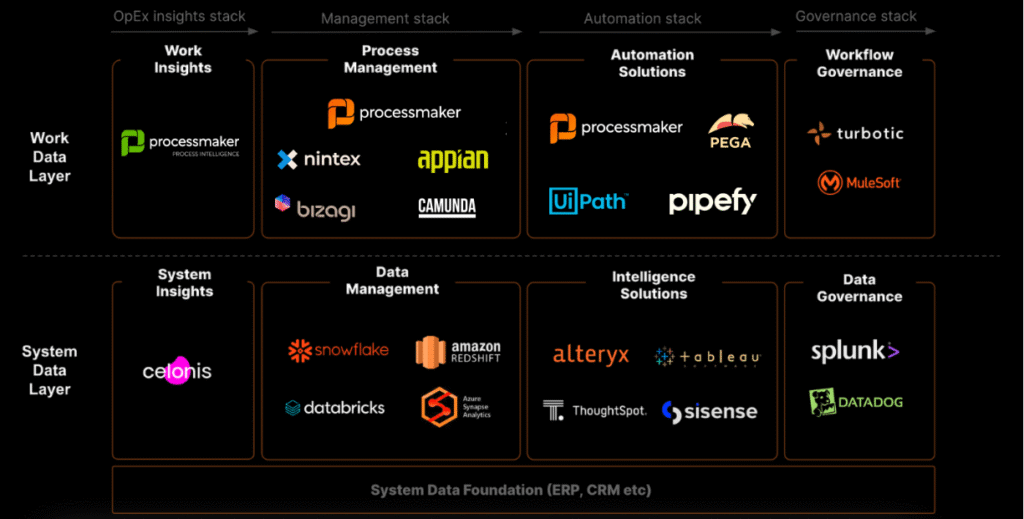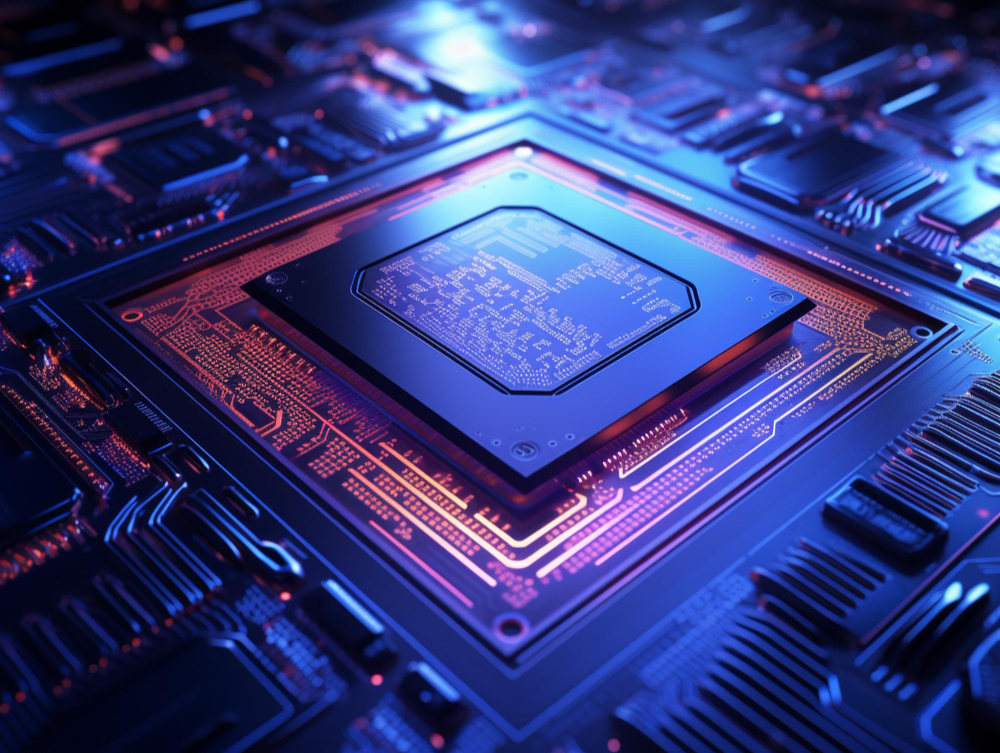Integrated Circuit (IC) chips stand as miniature marvels that power the devices we rely on daily. These flat chips, often spanning less than an inch, are home to a multitude of microscopic components that enable the seamless functionality of electronic devices. But why exactly are these tiny chips so crucial? This question becomes even more pertinent when considering the challenges of sourcing electronic components, including obsolete, hard-to-find items with long lead times. Amidst the dynamic landscape of electronic component procurement, platforms like Rantle emerge as indispensable resources.
The Significance of IC Chips
IC chips play a pivotal role in the functionality of almost all contemporary electronic devices. One of their primary advantages lies in their space-saving design. Unlike traditional electronic components that occupy significant physical space, IC chips are remarkably compact and lightweight. This compactness not only reduces the bulkiness of devices but also enhances their portability. Consider the evolution from bulky computer processors to sleek, IC-powered devices that offer comparable functionality with unparalleled convenience.
Moreover, the microscopic components integrated into IC chips consume minimal power, leading to lower electricity bills and extended battery life for portable gadgets. Additionally, the replacement process for faulty IC chips is relatively straightforward and cost-effective, as new chips are readily available at affordable prices.
Design and Construction: Delving into Integrated Circuit Elements
The evolution of IC chips has been driven by advancements in solid-state electronics. Initially, each transistor for a device was housed in a separate plastic package, limiting the capacity of early ICs. However, with the development of solid-state electronics, modern ICs can accommodate thousands of components within a single chip. This is achieved by embedding individual components directly into the silicon crystal, making them an integral part of the chip’s construction.
These intricate components are meticulously arranged on silicon wafers, forming what is known as a “die.” Designers utilize programming languages to combine small circuit elements, thereby increasing the density of each chip to meet diverse application requirements. Collaborating with experienced professionals is crucial to ensure the optimal programming and integration of IC components.
Exploring the Two Types of IC Chips
IC chips are broadly categorized into two types: linear (analog) ICs and digital ICs. Linear ICs feature a continuously variable output that depends on the input signal level, making them ideal for applications such as radio amplifiers and temperature control systems. On the other hand, digital ICs operate at discrete signal levels/states and are composed of logic gates that process binary data. These chips find widespread use in computers, smartphones, and various electronic appliances.
The Future of IC Chips: Innovations and Opportunities
The future of IC chips holds immense promise, with groundbreaking innovations poised to revolutionize diverse sectors. Neuromorphic computing, inspired by the human brain’s architecture, is paving the way for more efficient information processing, particularly in AI applications. Additionally, advancements in energy-efficient ICs are crucial for sustainability, powering battery-operated devices and electric vehicles.
Furthermore, the integration of photonics with electronics presents opportunities for ultra-fast and low-energy communication, while bio-integrated ICs hold the potential for interfacing directly with living tissues. In a landscape where reliability and efficiency are paramount, platforms like Rantle play a pivotal role in facilitating the seamless integration of IC chips and other electronic components into cutting-edge technologies.

Caribbean Citizenship Programs: Your Complete Investment Guide for 2025

The Ultimate Guide to Exterior Painting: Boost Your Home’s Curb Appeal and Protection

Best Features in Top Personal Loan Apps

Accelerating drug discovery through the DEL-ML-CS approach

AI in Marketing Is No Longer a Buzzword — It’s the Strategy

How Technology Powers Sweet Robo’s Next-Generation Vending Machines

Primerem: A Comprehensive Guide to Its Features, Benefits, and Modern Applications

Twinqizmorzqux Product: The Future of Innovative Technology and Smart Solutions









